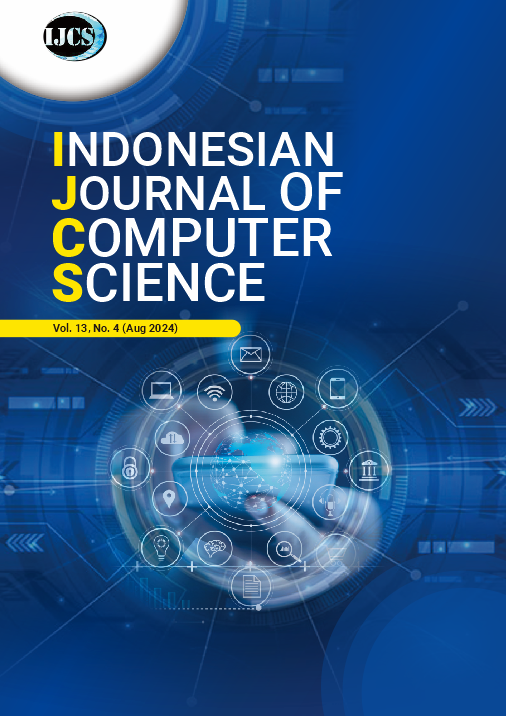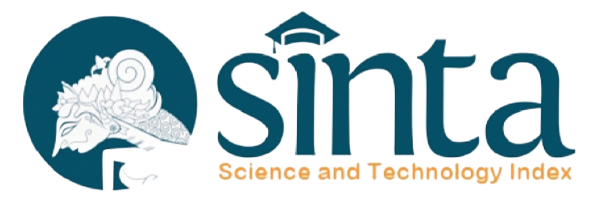Performance of Cloud Computing Resources Allocations SGLA Model Compared to ARIMA
DOI:
https://doi.org/10.33022/ijcs.v13i4.4205Keywords:
Resource allocation, Traffic flow, Ensemble methodAbstract
Solutions for cloud computing are growing in popularity as a means for businesses to streamline operations, save expenses and increase productivity. The benefit of cloud services is that they let customers access on-demand apps and services from a shared pool of programmable computer resources and store data offsite. Cloud computing resource allocation requires sophisticated tools and methodologies for optimal utilization. These problems include load balancing, efficient resource management and compliance with legal and regulatory requirements. The majority of businesses are switching to cloud services and advising their customers to use internet services. However, effective resource allocation is critical for improving performance and lowering costs in this area. Due to unpredictable network traffic in cloud computing, resource allocation is challenging, which causes customers to complain about application timeouts, delayed system times and higher bandwidth use during peak hours. This entails allocating resources to various users and programs, such as memory, processing power, storage, and network bandwidth. In this regard, this study compares the performance ensemble method, which is stepwise Gaussian Linear Autoregressive (SGLA), and the individual method which is autoregressive integrated moving average (ARIMA). The Matlab tool is used for simulation and evaluation of the results. The results show SGLA prediction accuracy increased to an average of 98.9%, and ARIMA prediction showed an accuracy of 75.5%. In this regard, the ensemble method performed better than individual methods using the same datasets. The study recommends the ensemble method for the prediction and allocation of resources in cloud computing.
Downloads
Published
Issue
Section
License
Copyright (c) 2024 Sello Prince sekwatlakwatla, Vusumuzi Malele

This work is licensed under a Creative Commons Attribution-ShareAlike 4.0 International License.





